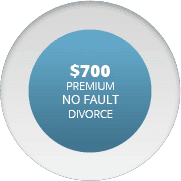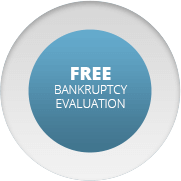What is Chapter 11 Bankruptcy? Learn the Distinctions
Many people are confused by the different types of bankruptcy, and are uncertain as to which is the most appropriate for them. A Chapter 11 bankruptcy is generally used by businesses that have significant debts that they are looking to restructure. This type of bankruptcy is available to smaller businesses and even to consumers, but it is rarely the option that they choose.
The advantage that Chapter 11 offers businesses is that it prevents creditors from pursuing the payment that they’re owed, while allowing the debtor to come up with a plan that will return them to profitability. This plan often includes cost cutting and introducing new ways of making money. This differs from Chapter 7 bankruptcy in a number of ways, including the fact that in a Chapter 7 filing liquid assets need to be sold in order to pay off creditors. Additionally, Chapter 7 bankruptcies are usually quick, taking only a few months and very straightforward in their process, while Chapter 11 bankruptcies can take a long time to accomplish, and involve much more expense and complex paperwork.
The biggest difference between Chapter 11 bankruptcy and Chapter 7 bankruptcy lies in their end goals. Where Chapter 7 is meant to simply discharge the debtor’s liabilities, Chapter 11’s mission is to provide enough breathing room to return a business that’s struggling to profitability. In order to accomplish that, extensive negotiations need to take place in order to change the terms of debts and other liabilities. In some cases the debts will be discharged, while in other instances they may be reduced or repayment periods extended. Creditors are generally accommodating to these requests, as they are more likely to collect at least partial payment in a Chapter 11 bankruptcy than in a Chapter 7. Creditors are placed into different priority order for repayment, with the government topping the list, followed by employees and then stockholders.
Once a reorganization plan is submitted to the court, it is reviewed and either confirmed or denied based upon whether it is considered to be reasonable. Debts addressed in the plan are then repaid according to the plan, and those debts that are not included are discharged. The terms of Chapter 11 bankruptcies are generally overseen by a U.S. trustee, and require reporting on whether the company is meeting its projections for profitability and payments.
The advantages that are afforded to companies by Chapter 11 are offset by the fact that the legal fees can be very high, reaching into tens of thousands of dollars if not more. Though it is available as an option for smaller businesses with less than 500 employees and under $2.19 million in debt, and small businesses account for the majority of Chapter 11 filings, these businesses rarely maintain that status and generally get converted to Chapter 7 because they are not successful in their bid to become profitable.









